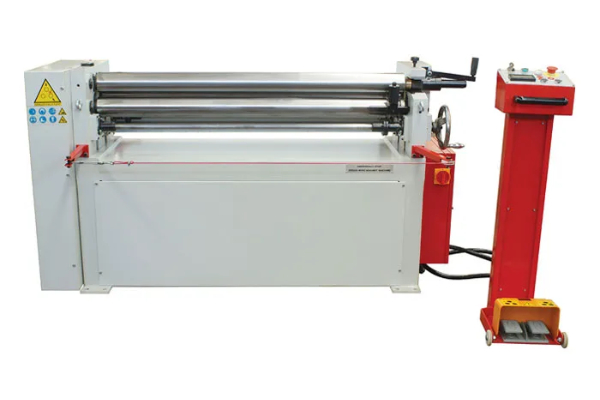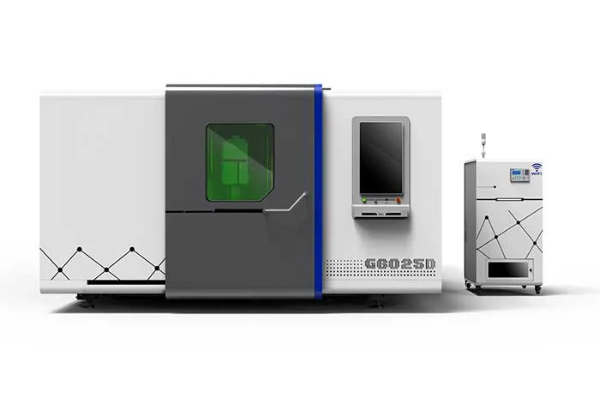
The Evolution of Duct Fabrication Machines- From Manual to Automated
- By:Metmac
- 2024-08-13
- 151
Introduction
The Evolution of Duct Fabrication Machines: From Manual to Automated is an in-depth analysis of the technological advancements that have transformed the duct fabrication industry. This article provides insights into the historical evolution of duct fabrication machines, highlighting the key milestones and innovations that have shaped this industry.
Manual Fabrication: The Early Days
The earliest duct fabrication processes were entirely manual, relying on skilled craftsmen to cut and assemble ductwork using hand tools. This labor-intensive approach required extensive training and was prone to human error, leading to inconsistent results and low efficiency.
Semi-Automatic Machines: A Stepping Stone
The advent of semi-automatic duct fabrication machines in the 1950s introduced some automation to the process. These machines were equipped with power tools and basic control systems, allowing operators to perform certain tasks more efficiently. However, the majority of the fabrication process still involved manual labor, limiting productivity and accuracy.
Computerized Numerical Control (CNC) Machines: A Technological Revolution
The introduction of CNC technology in the 1980s marked a watershed moment in duct fabrication. CNC machines are computer-controlled systems that use CAD software to guide the cutting and bending of ductwork. This automation enabled precise, high-volume production with reduced human intervention.
Laser Cutting Technology: Precision and Speed
Laser cutting systems entered the duct fabrication scene in the 1990s, offering unparalleled precision and speed. These machines use high-powered lasers to cut intricate shapes in ductwork with minimal distortion. Laser cutting revolutionized the industry, allowing for the production of complex duct designs with increased quality and cost savings.
Advanced Software and Design Integration
In recent years, duct fabrication has embraced advanced software and design integration. CAD software has become an essential tool for designing, modeling, and optimizing ductwork, while automated nesting algorithms minimize material waste. Integration with BIM (Building Information Modeling) systems allows for seamless collaboration between designers, engineers, and fabricators.
Conclusion
The Evolution of Duct Fabrication Machines: From Manual to Automated showcases the remarkable transformation of the duct fabrication industry. From the humble beginnings of manual craftsmanship to the sophisticated automation of today, technology has played a pivotal role in improving productivity, accuracy, and cost-effectiveness. As the industry continues to evolve, it is likely that further innovations will emerge, pushing the boundaries of duct fabrication and driving the industry towards even greater heights of efficiency and precision.
-
The Advantages of Using a Sheet Roll Forming Machine in Manufacturing
2024/09/14 -
How to Optimize Your Laser Sheet Cutting Machine for Maximum Performance
2024/09/12 -
How to Maximize Efficiency with Modern Sheet Metal Working Machines
2024/09/04 -
The Environmental Benefits of Using Duct Board Grooving Machines
2024/09/03
-
A Guide to the Latest Innovations in Sheet Metal Folding Machines
2024/11/29 -
Key Features to Consider When Investing in a Sheet Metal Folding Machine
2024/11/28 -
Enhancing Precision with Advanced Sheet Metal Folding Machines
2024/11/27 -
How to Choose the Right Sheet Metal Folding Machine for Your Workshop
2024/11/26



